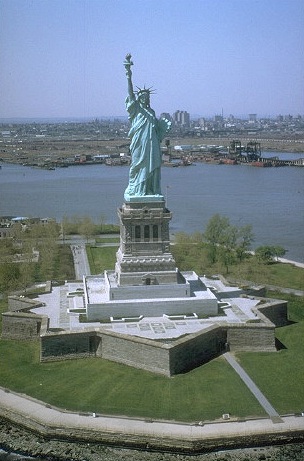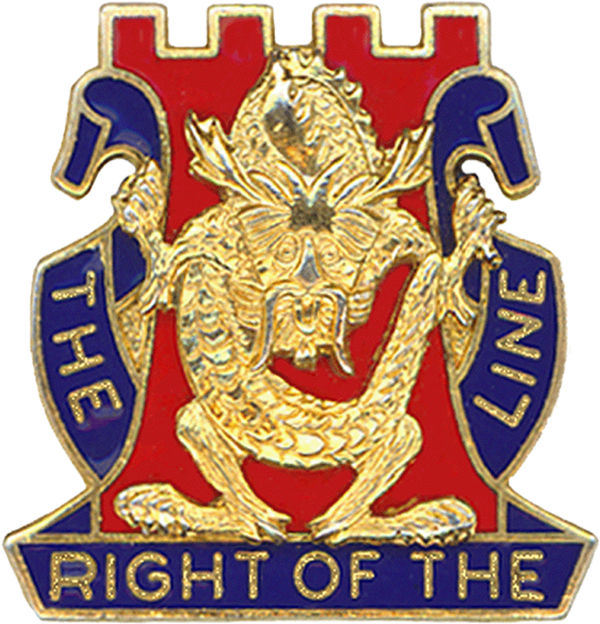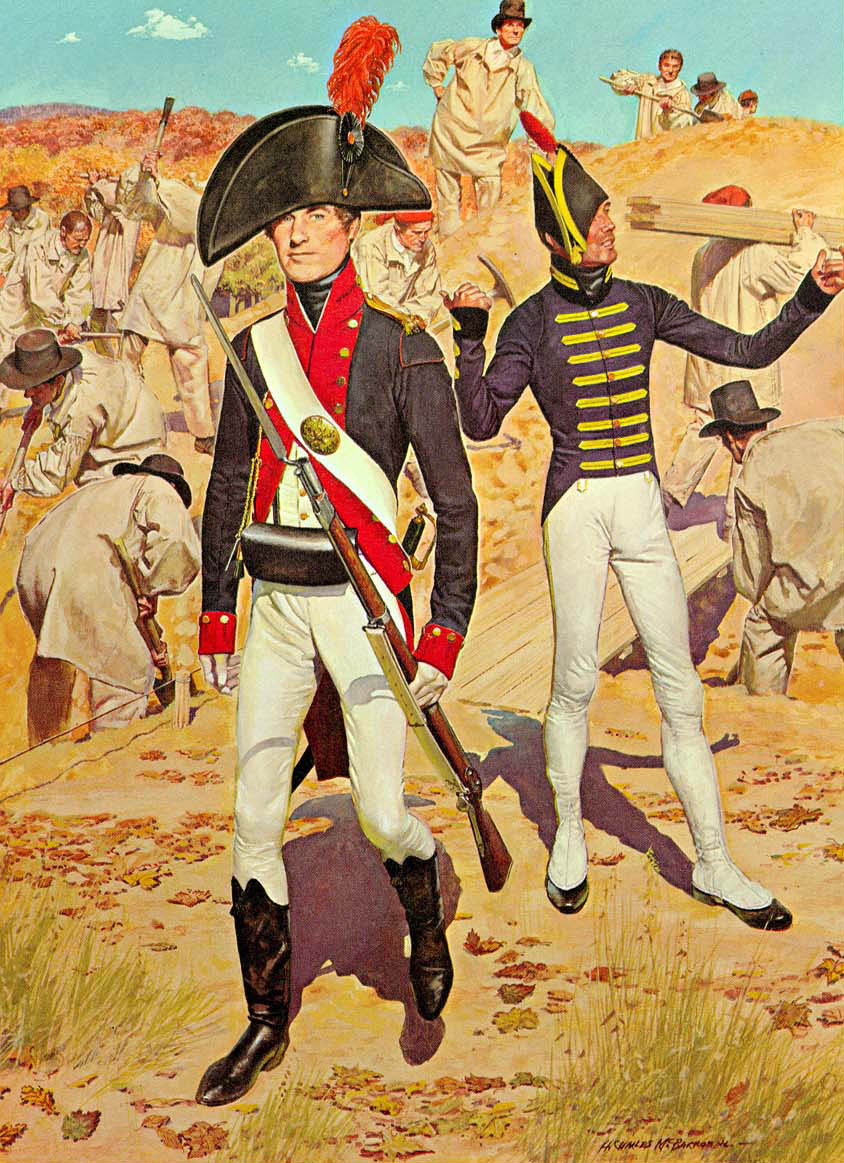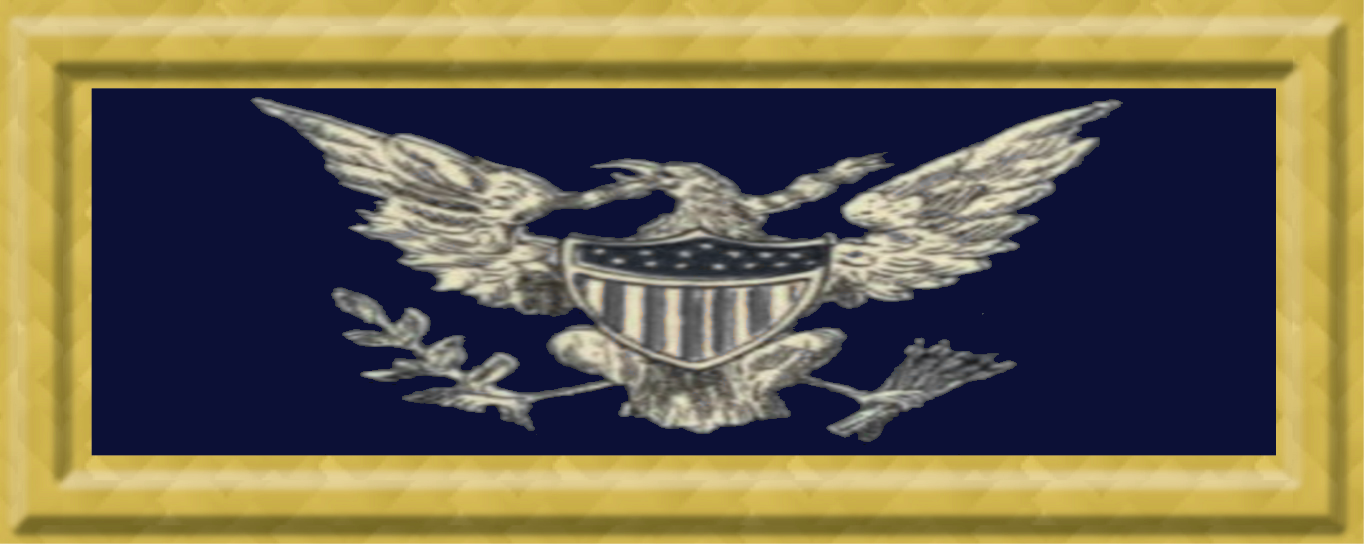|
Fort Trumbull
Fort Trumbull is a massive granite fort near the mouth of the Thames River in New London, Connecticut, managed as Fort Trumbull State Park by the Connecticut Department of Energy and Environmental Protection. The original fort was built in 1777 and named for Governor Jonathan Trumbull. The present fortification was built between 1839 and 1852. It lies adjacent to the Coast Guard Station New London. History In 1775, Governor Jonathan Trumbull recommended building a fortification at the port of New London to protect the Connecticut government's seat. The fort was built on a rocky point of land near the mouth of the Thames River on Long Island Sound; it was completed in 1777 and named for Governor Trumbull, who served from 1769 to 1784. It was attacked in 1781 during the American Revolutionary War and was captured by British forces under the command of Benedict Arnold. Arnold's raid Benedict Arnold had betrayed his country by this time, and he was serving as a brigadier general i ... [...More Info...] [...Related Items...] OR: [Wikipedia] [Google] [Baidu] |
Long Island Sound
Long Island Sound is a sound (geography), marine sound and tidal estuary of the Atlantic Ocean. It lies predominantly between the U.S. state of Connecticut to the north and Long Island in New York (state), New York to the south. From west to east, the sound stretches from the East River and the Throgs Neck Bridge in New York City, along the North Shore of Long Island, to Block Island Sound. The sound forms part of the Intracoastal Waterway. A mix of freshwater from tributaries, and seawater, saltwater from the Atlantic Ocean, Long Island Sound is at its widest point and varies in depth from . Shoreline Major Connecticut cities on the Sound include Stamford, Connecticut, Stamford, Norwalk, Connecticut, Norwalk, Bridgeport, Connecticut, Bridgeport, New Haven, Connecticut, New Haven, and New London, Connecticut, New London. Cities on the New York side of the Sound include Rye (city), New York, Rye, Glen Cove, New York, Glen Cove, New Rochelle, New York, New Rochelle, North Hem ... [...More Info...] [...Related Items...] OR: [Wikipedia] [Google] [Baidu] |
Seacoast Defense In The United States
Seacoast defense was a major concern for the United States from its independence through World War II. Before airplanes, many of America's enemies could only reach it from the sea, making coastal forts an economical alternative to standing armies or a large navy. Substantial fortifications were built at key locations, especially protecting major harbors. Seacoast defense also included submarine minefields, nets and booms, ships, and, later, airplanes. The U.S. Army Corps of Engineers played the central role in constructing fixed defenses, but all of the armed forces participated. Designs evolved and became obsolete with changes in the technology available to both the attacking forces and the defenders. The evolution of the U.S. seacoast defense system is generally identified among several "systems", which are somewhat defined by the styles used, but more so by the events or trends which periodically stimulated new funding and construction. The division of the early forts into ... [...More Info...] [...Related Items...] OR: [Wikipedia] [Google] [Baidu] |
Board Of Fortifications
Several boards have been appointed by US presidents or Congress to evaluate the US defensive fortifications, primarily coastal defenses near strategically important harbors on the US shores, its territories, and its protectorates. Endicott Board In 1885, US President Grover Cleveland appointed a joint Army, Navy and civilian board, headed by Secretary of War William Crowninshield Endicott, known as the Board of Fortifications (now usually referred to simply as the Endicott Board). The findings of the Board in its 1886 report illustrated a grim picture of neglect of America's coast defenses and recommended a massive $127 million construction program for a series of new forts with breech-loading cannons, mortars, floating batteries, and submarine mines for some 29 locations on the US coast. Coast Artillery fortifications built between 1885 and 1905 are often referred to as Endicott Period fortifications. The first board consisted of the following officers and civilians: * Wi ... [...More Info...] [...Related Items...] OR: [Wikipedia] [Google] [Baidu] |
Mexican–American War
The Mexican–American War (Spanish language, Spanish: ''guerra de Estados Unidos-México, guerra mexicano-estadounidense''), also known in the United States as the Mexican War, and in Mexico as the United States intervention in Mexico, (April 25, 1846 – February 2, 1848) was an invasion of Second Federal Republic of Mexico, Mexico by the United States Army. It followed the 1845 American annexation of Texas, which Mexico still considered its territory because it refused to recognize the Treaties of Velasco, signed by President Antonio López de Santa Anna after he was captured by the Texian Army during the 1836 Texas Revolution. The Republic of Texas was ''de facto'' an independent country, but most of its Anglo-American citizens who had moved from the United States to Texas after 1822 wanted to be annexed by the United States. Sectional politics over slavery in the United States had previously prevented annexation because Texas would have been admitted as a slave state ... [...More Info...] [...Related Items...] OR: [Wikipedia] [Google] [Baidu] |
Battle Of Chapultepec
The Battle of Chapultepec took place between U.S. troops and Mexican forces holding the strategically located Chapultepec Castle on the outskirts of Mexico City on the 13th of September, 1847 during the Mexican–American War. The castle was built atop a hill in 1783, and in 1833 it was converted into a military academy and a gunpowder storage facility. The hill was surrounded by a wall 1,600 yards long. The battle was one of the most pivotal battles during the Mexican–American War as it paved the way to seize Mexico City and led to a decisive American victory. On the U.S. side the army was headed by General Winfield Scott, who led a force totaling 7,200 men. The Mexican side was led by General Antonio López de Santa Anna, commander of the Mexican army, had formed an army of approximately 25,000 men. Chapultepec Castle was defended by General Nicholas Bravo and his infantry of approximately 832 men, including military cadets of the Heroic Military Academy (Mexico), Military A ... [...More Info...] [...Related Items...] OR: [Wikipedia] [Google] [Baidu] |
Battle Of Gettysburg
The Battle of Gettysburg () was a three-day battle in the American Civil War, which was fought between the Union and Confederate armies between July 1 and July 3, 1863, in and around Gettysburg, Pennsylvania. The battle, won by the Union, is widely considered the Civil War's turning point, leading to an ultimate victory of the Union and the preservation of the nation. The Battle of Gettysburg was the bloodiest battle of both the Civil War and of any battle in American military history, claiming over 50,000 combined casualties. Union Major General George Meade's Army of the Potomac defeated attacks by Confederate General Robert E. Lee's Army of Northern Virginia, halting Lee's invasion of the North and forcing his retreat.A prior attempt by Lee to invade the north culminated in the Battle of Antietam and 23,000 casualties, the most of any single day Civil War.Rawley, p. 147; Sauers, p. 827; Gallagher, ''Lee and His Army'', p. 83; McPherson, p. 665; Eicher, p. 550. Gal ... [...More Info...] [...Related Items...] OR: [Wikipedia] [Google] [Baidu] |
John F
John is a common English name and surname: * John (given name) * John (surname) John may also refer to: New Testament Works * Gospel of John, a title often shortened to John * First Epistle of John, often shortened to 1 John * Second Epistle of John, often shortened to 2 John * Third Epistle of John, often shortened to 3 John People * John the Baptist (died ), regarded as a prophet and the forerunner of Jesus Christ * John the Apostle (died ), one of the twelve apostles of Jesus Christ * John the Evangelist, assigned author of the Fourth Gospel, once identified with the Apostle * John of Patmos, also known as John the Divine or John the Revelator, the author of the Book of Revelation, once identified with the Apostle * John the Presbyter, a figure either identified with or distinguished from the Apostle, the Evangelist and John of Patmos Other people with the given name Religious figures * John, father of Andrew the Apostle and Saint Peter * Pope Jo ... [...More Info...] [...Related Items...] OR: [Wikipedia] [Google] [Baidu] |
14th Infantry Regiment (United States)
The 14th Infantry Regiment ("Golden Dragons" ) is a United States Army light infantry regiment. It has served in the American Civil War, Boxer Rebellion, World War II, Korean War, Vietnam War, Operation Restore Hope, Operation Uphold Democracy, Operation Joint Guard, Operation Desert Storm, Operation Enduring Freedom, Operation Gothic Serpent, Operation New Dawn (Iraq, 2010-2011), Operation New Dawn, Operation Resolute Support,Operation Iraqi Freedom, Operation Inherent Resolve, and Operation Freedom's Sentinel, Operation Freedom Sentinel. The 14th Infantry Regiment did not take part in combat during World War I. It has also conducted peacekeeping and humanitarian missions in the Sinai Peninsula, Guantánamo Bay in Cuba, Bosnia and Herzegovina, Bosnia, and Kosovo. Only the 2nd Battalion of the 14th Infantry Regiment is currently active, assigned to 2nd Brigade, 10th Mountain Division (United States), 10th Mountain Division at Fort Drum, New York. History Civil War, 1861–66 ... [...More Info...] [...Related Items...] OR: [Wikipedia] [Google] [Baidu] |
American Civil War
The American Civil War (April 12, 1861May 26, 1865; also known by Names of the American Civil War, other names) was a civil war in the United States between the Union (American Civil War), Union ("the North") and the Confederate States of America, Confederacy ("the South"), which was formed in 1861 by U.S. state, states that had Secession in the United States, seceded from the Union. The Origins of the American Civil War, central conflict leading to war was a dispute over whether Slavery in the United States, slavery should be permitted to expand into the western territories, leading to more slave states, or be prohibited from doing so, which many believed would place slavery on a course of ultimate extinction. Timeline of events leading to the American Civil War, Decades of controversy over slavery came to a head when Abraham Lincoln, who opposed slavery's expansion, won the 1860 presidential election. Seven Southern slave states responded to Lincoln's victory by seceding f ... [...More Info...] [...Related Items...] OR: [Wikipedia] [Google] [Baidu] |
West Point
The United States Military Academy (USMA), commonly known as West Point, is a United States service academies, United States service academy in West Point, New York that educates cadets for service as Officer_(armed_forces)#United_States, commissioned officers in the United States Army. The academy was founded in 1802, and it is the oldest of the five United States service academies, American service academies. The Army has occupied the site since establishing a fort there in 1780 during the American Revolutionary War, as it sits on strategic high ground overlooking the Hudson River north of New York City. West Point's academic program grants the Bachelor of Science degree with a curriculum that grades cadets' performance upon a broad academic program, military leadership performance, and mandatory participation in competitive athletics. Candidates for admission must apply directly to the academy and receive a nomination, usually from a member of United States Congress, Congr ... [...More Info...] [...Related Items...] OR: [Wikipedia] [Google] [Baidu] |
George Washington Cullum
George Washington Cullum (25 February 1809 – 28 February 1892) was an American soldier, engineer and writer. He worked as the supervising engineer on the building and repair of many fortifications across the country. Cullum served as a general in the Union Army during the American Civil War, primarily in the Western Theater and served as the 16th Superintendent of the United States Military Academy. Following his retirement from the Army, he became a prominent figure in New York society, serving in many societies, and as vice president of the American Geographical Society. The society named the Cullum Geographical Medal after him. Birth and early years Cullum was born in New York City on 25 February 1809, to Arthur and Harriet Sturges Cullum. He was raised in Meadville, Pennsylvania. His father worked as a lawyer and an agent of a land company. Cullum attended the United States Military Academy, from 1 July 1829 to 1 July 1833, when he graduated third in the Class of 1833 ... [...More Info...] [...Related Items...] OR: [Wikipedia] [Google] [Baidu] |









